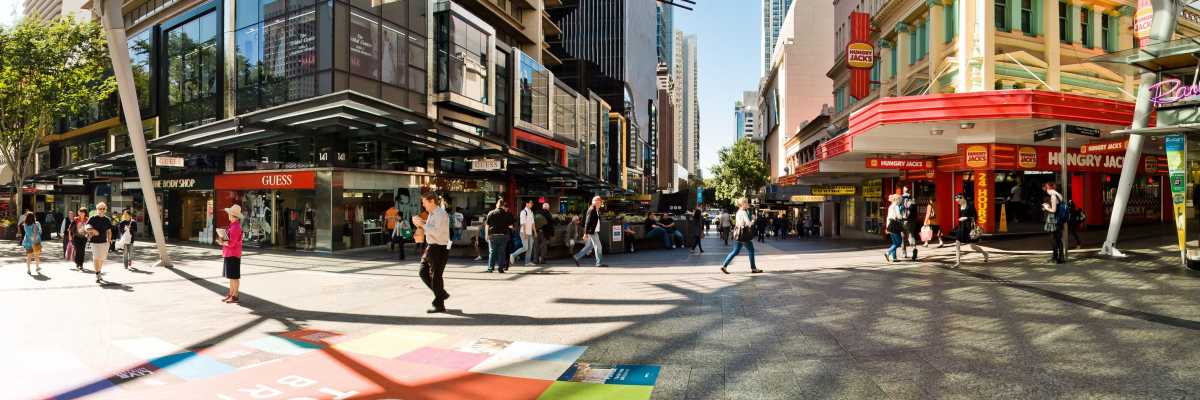City Know-hows

Target audience
General public health and ministers concerned with loneliness internationally including policy makers, urban planners, developers and housing estate designers.
The problem
Although inequity in loneliness has been reported in previous research, little is known about environmental factors. There is a gap in our understanding as few studies have explored the environmental influences of loneliness.
What we did and why
A higher proportion of lonely mid to older adults live in disadvantaged neighbourhoods. The understanding of modifiable environmental factors contributing to the relationship between neighbourhood disadvantage and loneliness is limited. Studies have suggested that having well-connected walkable environments with a mix of land uses, can afford physical and mental health benefits. This is one of the first studies to explore environmental influences of loneliness. We examined whether walkable environments contribute to the relationship between disadvantaged neighbourhoods and loneliness.
Our study’s contribution
Our study shows that higher residential density, partly contributed to the observed differences in loneliness across neighbourhood disadvantage, even with adjustment for individual level socio-economic factors.
Impacts for city policy and practice
Our results emphasise the importance of residential density as an influence on loneliness, especially in disadvantaged neighbourhoods. We point to the importance of policy, planning and design in terms of reducing levels of loneliness among residence of socio-economically disadvantaged neighbourhoods.
Further information
Australian Psychological Society Loneliness study, Loneliness in Australia; Statista Research Department blog, How often do you feel lonely worldwide?; Campaign to End Loneliness website, Campaign to End Loneliness; The Loneliness Lab website, Loneliness lab; Ending Loneliness Together website, Ending Loneliness Together in Australia
Full research article:
Contribution of the built environment to inequity in loneliness by neighbourhood disadvantage in Australia by Tara Jamalishahni (@trjmlshn), Gavin Turrell, Karen Villanueva, Sarah Foster and Melanie Davern.
Related posts

New ways of integrating indigenous knowledge in landscape architecture design

Autism inclusive urban environments design principles to support sensory and cognitive navigation.

Our study introduces and reviews how the built environment and its relation to population health are assessed in the literature. We did this by identifying methodological shortcomings and research potentials that need to be addressed jointly. Our assessment aims to undertake multiple health issues in an integrated manner, and identify priorities within the city whereby health is a primary goal.